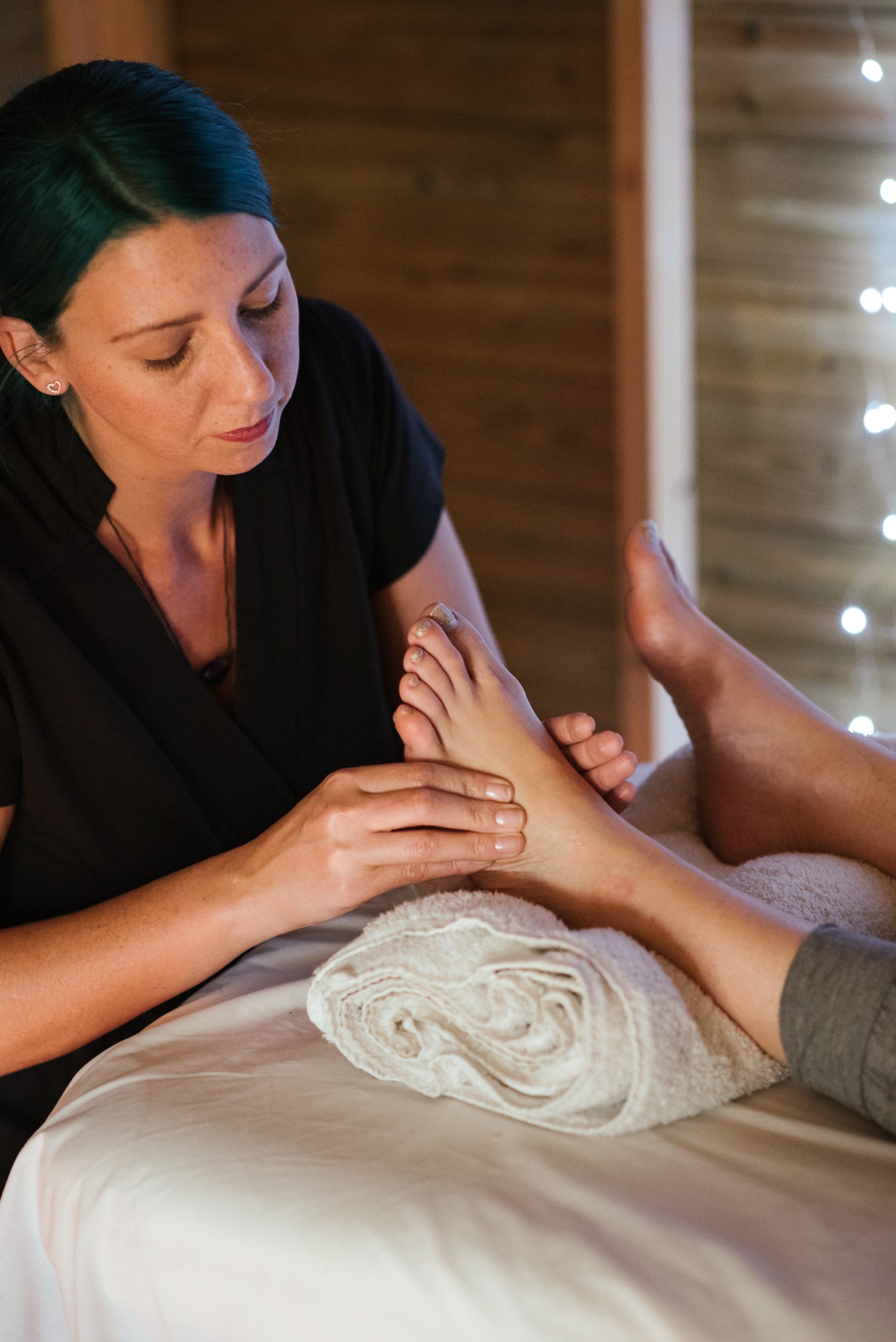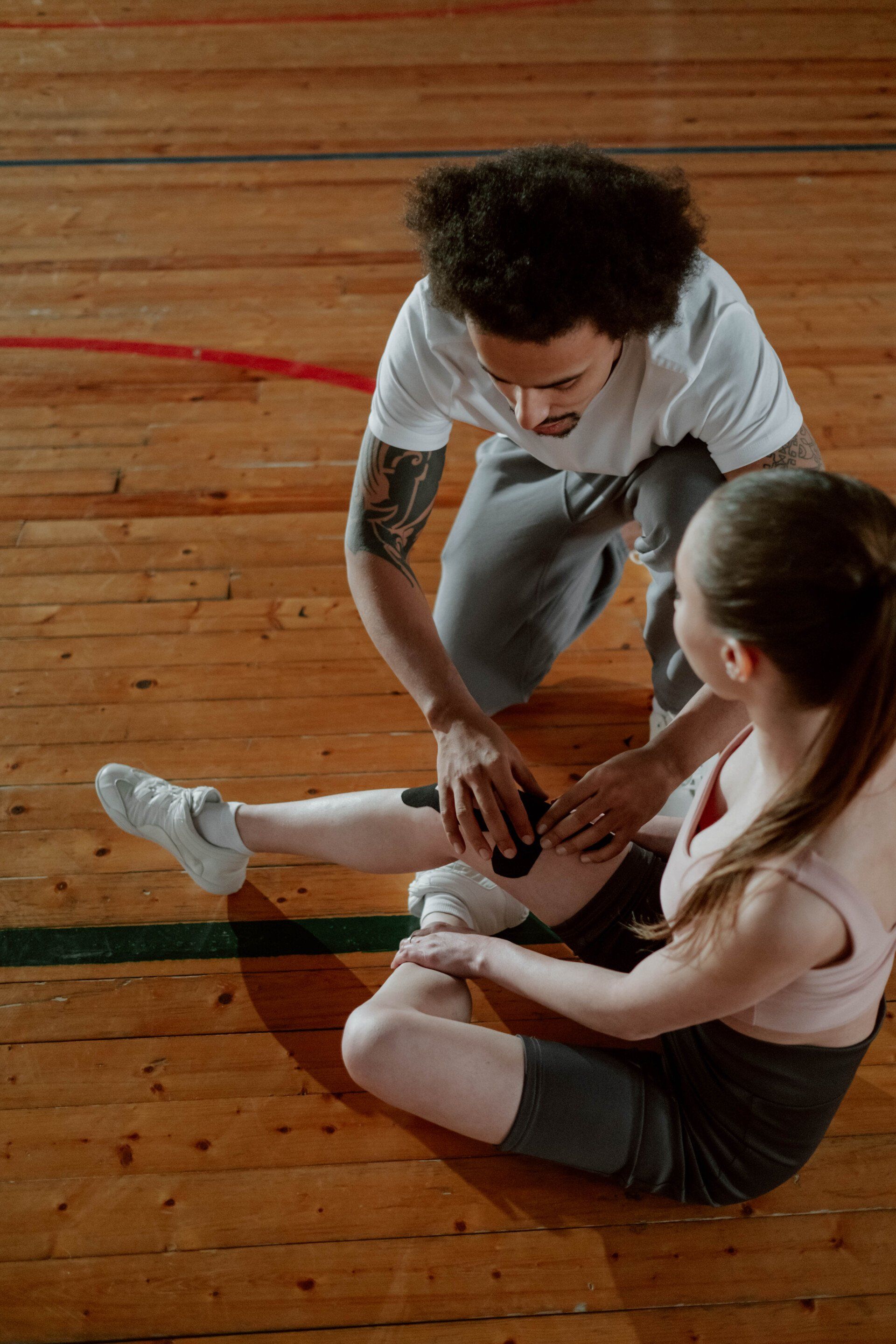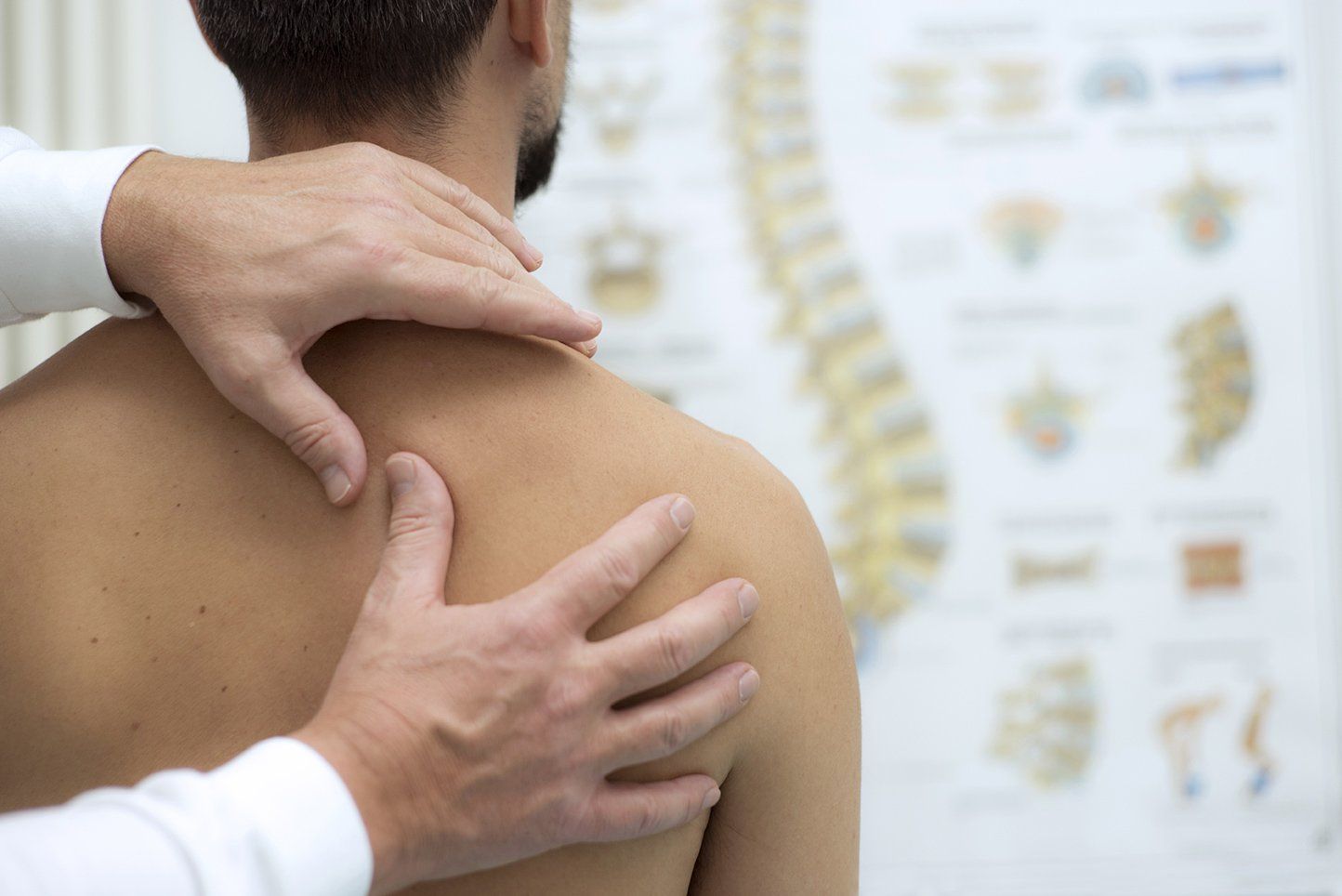UNDERSTANDING PHYSICAL THERAPY
UNDERSTANDING PHYSICAL THERAPY
Your physical therapist is a key member of the health care team, specially trained to improve movement and function, relieve pain, and expand your movement potential. Through evaluation and individualized treatment programs, physical therapists can both treat existing problems and provide preventive health care for people with a variety of needs.
A Unique Healing Art
Physical therapy is as old as pain itself. Early Chinese and Roman cultures used physical means-therapeutic massage, water, and heat-to restore movement, relieve pain, and as preventive health care. Today's physical therapists are specialists trained to promote optimal human health through a variety of means. Physical therapists complete a four- to six-year college degree emphasizing the biological and medical sciences. After becoming licensed, physical therapists practice state-of-the-art health care in hospitals, clinics, private practice, schools, and industry.
Evaluation and Treatment
The physical therapy evaluation includes your history, observation of your posture and movement, and palpation--using the hands to feel and "see" the problem area. Testing for muscle strength, range of motion, and other tests may be used. Your physical therapist then plans a treatment program geared to meet your individual needs. Treatment may include mobilizing stiff joints and tissue, exercise, stretching, heat or ice, and education.
The Goals of Physical Therapy
The goals of physical therapy are to restore or achieve optimal movement and function and to relieve pain. Your personal goals for therapy are also important. One patient's goals may be self-care and independence after a stroke. Other patients may seek to overcome back pain, learn to walk with an arthritic hip, or return safely to athletics after injury.
The Anatomy of Movement
Understanding how you move can help you communicate with your physical therapist and take an active role in your treatment. To make movement possible, three mechanisms function together—the skeletal system, the soft tissue system, and the neurological system. A problem in one of these systems is likely to affect the others.
The Skeletal System
The skeletal system, made up of bones and joints, is the basic supporting structure of the body. Joints make movement possible. Physical therapy helps for both aggressive movement and accessory movement such as raising the arm, and sliding your shoulder blade before you can lift your arm.
The Soft Tissue System
The soft tissue system stabilizes bones and joints and allows them to move. Ligaments connect bone to bone. Muscles contract to move bones and joints. Tendons connect muscles to bones. Fascia is a web-like tissue throughout the body. Any restriction in the soft tissue system, like a yarn pull in a sweater, can affect the entire system.
The Neurological System
The neurological system is made up of the brain and spinal cord(the central nervous system) and nerves connected to muscles, joints, and skin(the peripheral nervous system). Nerves connected to muscle carry information through the spinal cord to the brain. The brain "answers back" through the spinal cord to nerves connected to the muscle.
Evaluation and Assessment
The physical therapy evaluation is designed to gather information about your dysfunction (pain, loss of movement ability, or other problem). Your physical therapist then assesses this information, may consult with your doctor, and plans your personalized treatment program and therapy goals.
History
You, as the patient, are the focus of physical therapy. To better understand your dysfunction, your physical therapist may ask you when the problem began, how it started, and whether you have had prior treatment for it. Other questions focus on your age, occupation, daily activities, patterns of pain, and history of medications.
Observation
The physical therapist may observe your standing posture and how it responds to simple movements, like walking or bending to the side. Observing how much movement is possible (called range of motion) and the quality of movement in the affected area gives further clues to the nature of your problem.
Palpation
Physical therapists are uniquely trained to use their hands to palpate--a specialized technique that allows them to feel and "see into" your musculoskeletal system. Your physical therapist palpates the skin, joints, and soft tissue, moving layer by layer through each structure to feel for moisture, temperature, mobility, restriction, and spasm.
Testing
Your physical therapist may perform routine tests for muscle strength, sensation, and range of motion. In some cases, such as with neck, back, or neurological problems, special tests may also be needed. These include nerve response tests, sensation tests, and specialized muscle studies. In addition, developmental assessment tests are often used for children or adults who have a neurological problem.
Planning a Treatment Program
Your treatment program is based on your evaluation. Assessment: Your physical therapist analyzes "data" from your evaluation. Consultation: Your physical therapist may consult with your doctor or other health professionals. Your treatment program is geared to meet individual needs, goals, abilities, and lifestyles.
Principles of Treatment
Treatment is based on four principles: pain reduction, neurological rehabilitation, improved range of motion, and increased strength. Your physical therapist may combine several treatment methods, along with patient education and prevention, to help achieve your therapy goals.
Pain Reduction
Pain can result from injury, inflammation, or immobilization (restricted movement) in joints and soft tissue. To reduce pain, your physical therapist may use heat and cold treatments, joint and soft tissue mobilization (a hands-on technique), and exercise.
- Heat and cold therapies help alleviate pain, muscle spasm, inflammation, and improve circulation. These may include ice, hot packs, ultrasound (soundwaves), and diathermy (electrical heat).
- Joint and soft tissue mobilization is a specialized hands-on technique to loosen restrictions that can lead to stiffness and pain. This technique encourages fuller movement with less pain.
- Exercise can decrease immobilization and pain in joints and soft tissue, boost circulation, and help you feel better all over. Exercises help to enhance balance and strength and can be done at the gym or home.
Neurological Rehabilitation
Neurological rehabilitation trains you to coordinate basic movements used in daily activities. A combination of procedures is used to improve movement and coordination after a stroke, head or spinal cord injury, birth defects, or the onset of a neurological disorder.
Neuromuscular re-education helps the body relearn simple movements. Manual resistance may be applied to a movement to help you learn the right movement response.
Tone reduction may be needed when an imbalance in the neurological system causes muscles to contract excessively. Exercises and specific positioning of your body are used to reduce muscle tone.
Exercises help recover movement and function needed for daily living, such as walking, eating, and dressing. Exercises help you move toward self-care and independence following serious illness.
Two other principles of treatment are improving range of motion and increasing strength. Your physical therapist will plan a treatment program geared to meet your individual therapy needs, often including patient education, prevention, and several treatment methods.
Improved Range of Motion (ROM)
Range of motion in joints is often impaired after injury, illness, or surgery. When range of motion is lost, your physical therapist may use joint and soft tissue mobilization or stretching exercises to restore more useful, full movement.
Joint and soft tissue mobilization is a unique, hands-on technique that allows the physical therapist to release restrictions around joints and throughout the soft tissue system. By releasing these restrictions your physical therapist works to achieve your full potential range of motion in an area of dysfunction.
Stretching exercises help to restore length to soft tissue that has shortened and lost elasticity. Your physical therapist may help you stretch specific areas and then teach you a stretching program to continue at home. Physical therapists also teach stretching to help prevent back problems and athletic injuries.
Increased Strength
Movement depends on adequate muscle strength. Muscles may weaken from surgery, injury, or simply from not being used. Physical therapists can help improve strength by making muscles work harder through exercise and electrical stimulation.
Exercise has benefits beyond increasing strength. An exercise program designed by your physical therapist also improves coordination, endurance, and circulation. Your physical therapist will develop a program to meet your abilities, lifestyle, age, and specific goals for therapy. Electrical stimulation may be used when muscles are immobilized (such as when a limb is casted after surgery) or when muscles are extremely weak. To exercise these muscles, an electrical impulse is sent through the skin causing muscles to contract automatically.
Other Roles
Physical therapists' roles as health professionals have expanded due to their broad range of skills and our increased interest in fitness and health. Today's physical therapists are active in cardiac (heart) and pulmonary(lung) care, burn and wound care, and community health education.
Cardiac and Pulmonary Care
Physical therapists play a vital role in helping people recover from heart attacks by developing and monitoring conditioning programs. Physical therapists also provide preventive health care programs to reduce the risks of developing heart and lung disease. In hospitals, physical therapists teach patients breathing techniques and exercises to speed recovery from surgery.
Burn and Wound Care
Many physical therapists are specially skilled in caring forburns, open wounds, post-surgical incisions, and pressure sores. Cleaning a wound (called debridement)includes soaking it in a special tank and carefully removing damaged tissue. The physical therapist then uses soft tissue mobilization and exercises to help prevent abnormal scarring and soft tissue problems.
Community Health Education
Physical therapists fill a key role in "wellness" education. Today's physical therapists teach prenatal exercise classes to expectant mothers, perform posture screenings in local schools, and teach back care classes to prevent back pain and injury. Many physical therapists are also involved in sports medicine (treating and preventing sports injuries) and industrial screening (determining fitness for specific jobs and preventing work-related injuries).
Call us Today to book an appointment! 5878024773




SERVICES
QUICK LINKS
CONTACT
(780) 215-0570
reception@blackgoldptclinic.com
8530 Manning Ave, Fort McMurray, Wood Buffalo, AB, Canada
(780) 215-0570
reception@blackgoldptclinic.com






